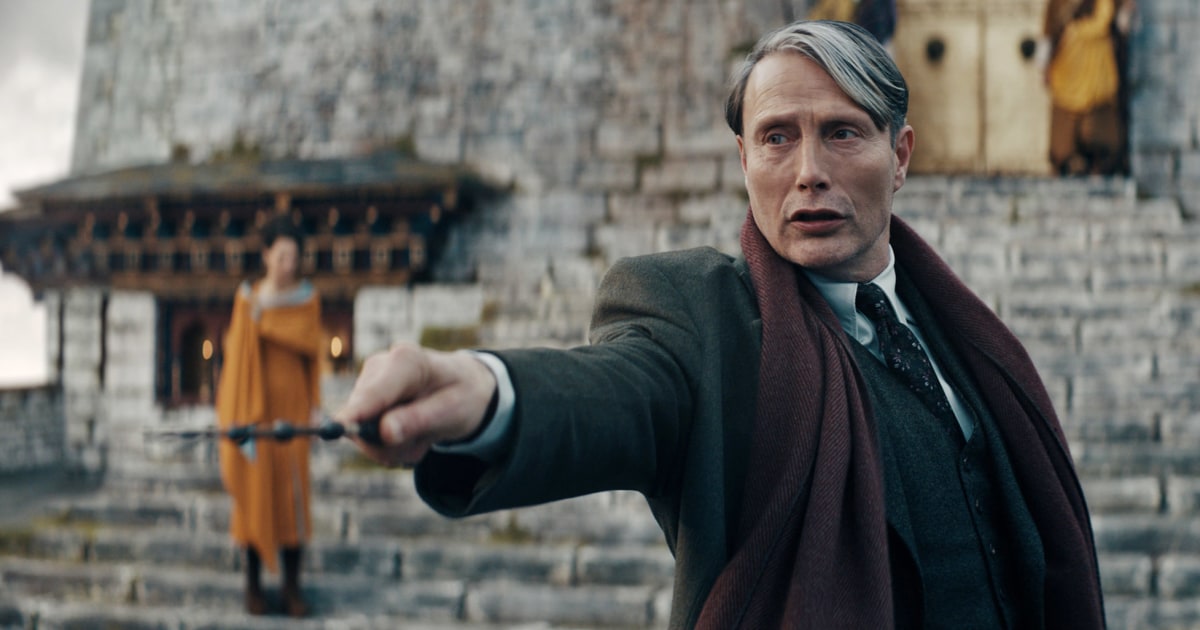How Netflix’s ‘Russian Doll’ Lost Its Own
The first season of “Russian Doll” in 2019 was a chronologically controversial absurdist comedy about how changeable people can be. The second season, which has just been released, is a ridiculously controversial comedy of the time about how they can’t. That’s a significant shift in focus, and unfortunately, that doesn’t really work.
In the first eight-episode series, grumpy programmer Nadia (Natasha Lyonne) keeps dying and returns to the night of her 36th birthday party. It’s an important anniversary because her mentally ill and abandoned mother, Lenora (Chloë Sevigny), dies at the age of 35. Ultimately, Nadia learns that her fate is tied to Alan (Charlie’s). Barnett), a man committed suicide after his girlfriend dumped him – and then went on to do the same resurgence. The series ends with Nadia helping Alan accept himself and vice versa. The final scenes are a masked parade through the city, in a communal carnival, triumphing over death, hopelessness, and pain.
(Stay tuned for slight spoilers for season 2.)
The seven-episode second season begins a few years later and has a different mind-set premise. Nadia discovered she could ride the subway to the 1980s. There, she lived the life of a pregnant mother in the months before Nadia was born. That initial train ride leads to the others, as Nadia and Alan check in with their ancestors at various times over the decades – and Nadia tries to recover the family fortune stolen by the Nazis. .
Part 1 is about dealing with personal pain, a personal struggle that, with the help of friends, can be resolved on a personal level. Part 2 is about generational trauma, which is difficult to heal or resolve in one’s lifetime.
The series recorded more and more. Nadia changed her own fate (with some help) in the first season. However, on the second, her efforts to change the fates of her mother and grandmother were unsuccessful. At worst, her obsession with the past causes her to disconnect from the people closest to her in the present.
Stories of the relentless abrasion of fate and injustice, and the inevitable reproduction of harm, are, as you’d imagine, a disappointment.
Stories of the relentless abrasion of fate and injustice, and the inevitable reproduction of harm, are, as you’d imagine, a disappointment. Octavia Butler’s novel “Kindred” is about a black woman who accidentally travels back in time to the South enslaved, telling how cruel and bitter the past is to the present. Art Spiegelman’s graphic memoir “Maus,” about his father’s Holocaust experience, offers little in the way of comfort or offense; The story explains, to some extent, but it doesn’t heal. “A God in the Ruins” by Kate Atkinson is a long odyssey into a life that should have been during World War II. It presents its fictional biography with meticulous detail, time jump, kaleidoscope, before erasing itself in despair.
However, the second season of “Russian Doll” did not follow the blueprint of Butler, Spiegelman or Atkinson. Instead, it tries to deal with the inhospitable matter with the same hope of free kinetic energy that provided the first part.
The result is confusion. The writers try to lighten things up by letting Nadia relentlessly lucidly trace her path throughout history, despite being a Jew in Nazi-occupied Budapest. Influence is all wrong; It’s more like she’s watching a historical documentary than living in the past or learning about the struggles and horrors of the people she cares about and loves.
The messy story and the relentless aloofness and flash of irony rob much of the emotional power of the series.
This messy story and the relentless aloofness and flash of irony rob much of the emotional power of the series. That’s most evident in the development of Nadia’s relationship with her chosen mother figure, Ruth (Elizabeth Ashley).
In the first series, we learned that Ruth, a psychiatrist, took the place of Nadia’s mother when Lenora had to commit. Ruth is, at various points in the timeline, more of a focus than the second. However, we learn no more about her relationship with Nadia, and almost nothing more about her life outside of that relationship. She smokes and occasionally spits out wise nuggets. (“Injury is a topographic map written on a child and takes a lifetime to read.”) But that doesn’t make for a pretty stroke.
Towards the end of the series, the escalating chaos of time travel leaves Nadia unable to connect with Ruth, a source of her anxiety and guilt. But it also holds viewers from connecting with Ruth, or fully understanding who she is or how much she means to Nadia. We’d be better served by an episode where the two of us just talk to each other for half an hour. Surrealistic elements get in the way of the show’s thematic and emotional goals.
Nadia’s relationship with Alan has similar problems. The first series intertwines their stories deftly, as each alternative path leads them into each other’s lives and stories in an irrepressible way. But in the second series, Alan seems like a mature thinker, and attempts to connect him and Nadia are half-hearted and unconvincing. Important questions about Alan’s sexuality and gender are simply set aside as more and more scenes of Nadia run around trying to get nowhere.
The “Russian Doll” time loop works because it’s about Nadia and Alan compulsively revolving around truths they don’t want to face. Time travel “Russian Doll” instead is about Nadia running away from herself – and the show running away with her. When the unique storytelling expands on or resonates with its themes, the results can be exciting, like in season 1 of the series. But season 2 shows that surrealism and the inevitable can also be a distraction, if not a cop. This time, “Russian Doll” needs less nested revelations and more heart.
at Blogtuan.info – Source: nbcnews.com – Read the original article here



